21 Black pioneers throughout history you definitely should know
Frank Olito,Victoria Montalti

- There are Black trailblazers throughout history who you might not know about.
- Ella Baker, Bayard Rustin, and Hosea Williams contributed greatly to the civil rights movement.
Madam CJ Walker was America's first female self-made millionaire.
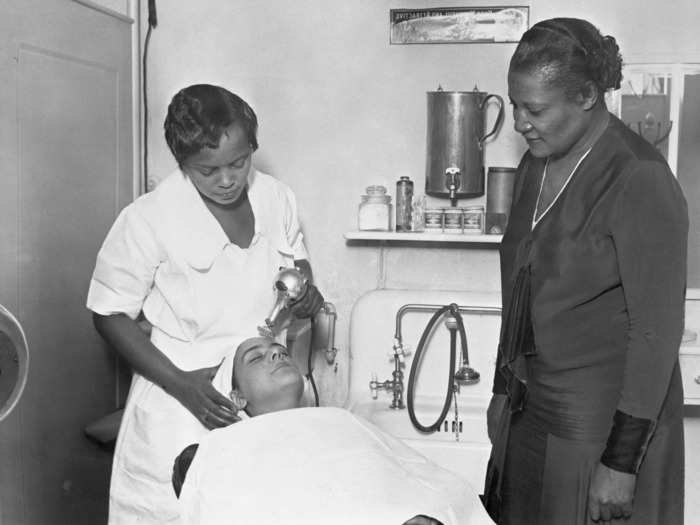
Madam CJ Walker was the first child in her family to be born free. But she was orphaned when both her parents died when she was 7 years old. Once grown, she worked in the cotton fields and then in barbershops.
In the 1890s, Walker lost most of her hair due to a scalp disorder. This prompted her to create hair products for African Americans. Walker traveled around the South giving tutorials on how to use her products in the early 1900s. This became known as the "Walker Method."
Eventually, the hair products took off, making Walker a millionaire.
In 2020, her story was the subject of a Netflix series, "Self Made," starring Octavia Spencer.
Robert Sengstacke Abbott created an extremely popular African-American newspaper, making him one of the first Black millionaires.
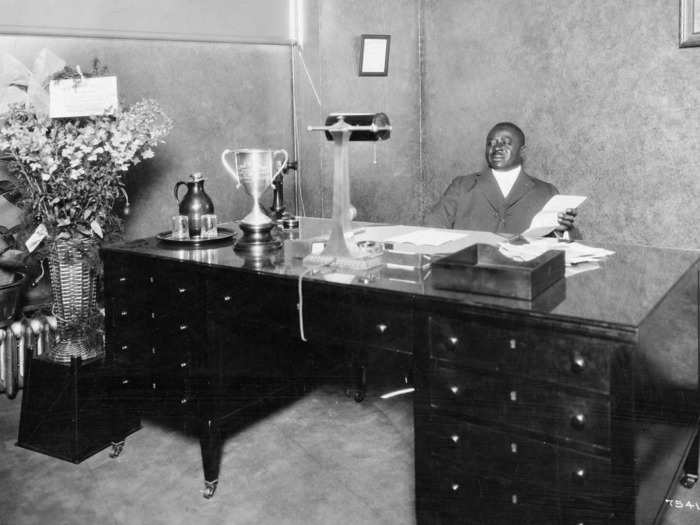
In 1905, Robert Sengstacke Abbott published the first edition of Chicago Defender, which eventually became the most popular newspaper for Black people in the country. At one point, it was called the "world's greatest weekly."
The paper's greatest achievement was supporting the Great Migration by publishing job listings and train schedules to encourage Black people to move north: 110,000 people migrated to Chicago and most of them were Black.
The popularity of the newspaper made Sengstacke Abbott one of the first African-American self-made millionaires.
Bessie Coleman was the first African-American woman to get a pilot's license and to make a public flight.
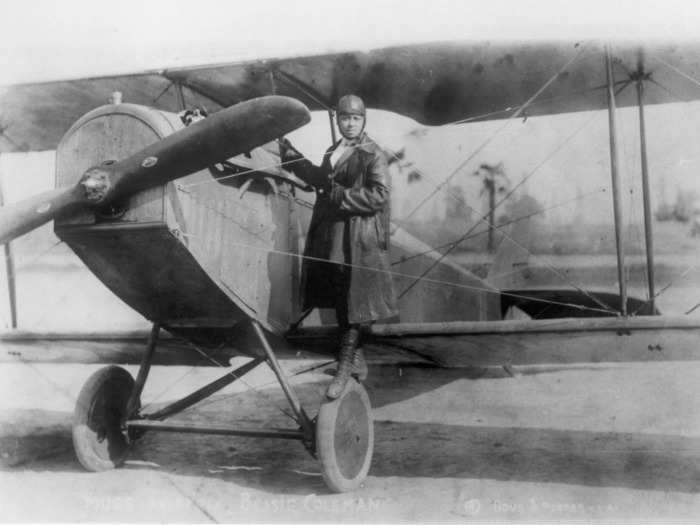
Since no American flight schools would welcome women, Bessie Coleman taught herself French and studied at the Caudron Brothers' School of Aviation in France in 1922. In just seven months, Coleman became the first Black woman to earn a pilot's license. That same year, she performed a public fight, becoming the first Black woman to do so.
Coleman continued flying, becoming an expert in stunt flying and aerial tricks.
Ethel Waters was the first African American to star in her own TV show.
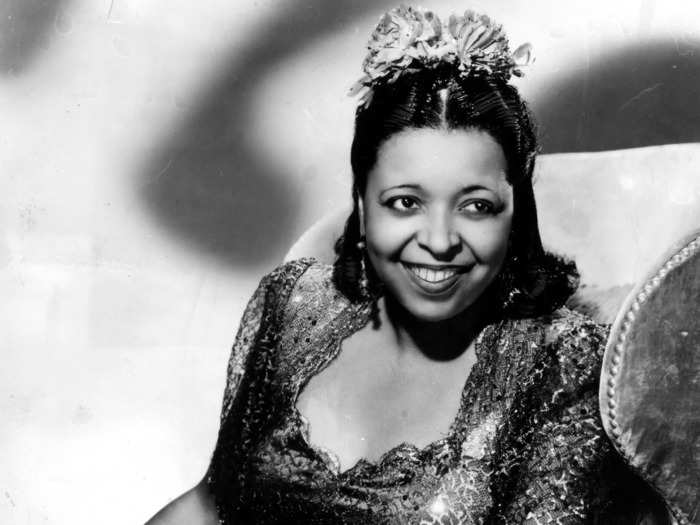
In the 1920s, Ethel Waters made a name for herself, singing the blues in hit Broadway musicals like "Africana," "At Home Abroad," and "Cabin in the Sky."
In 1939, she starred in her own TV show called "The Ethel Waters Show," becoming the first Black entertainer to do so. She made history again in 1962 when she became the first African-American woman to receive an Emmy nomination.
Jane Bolin was the first Black woman to attend Yale Law School and became the nation's first female African-American judge.
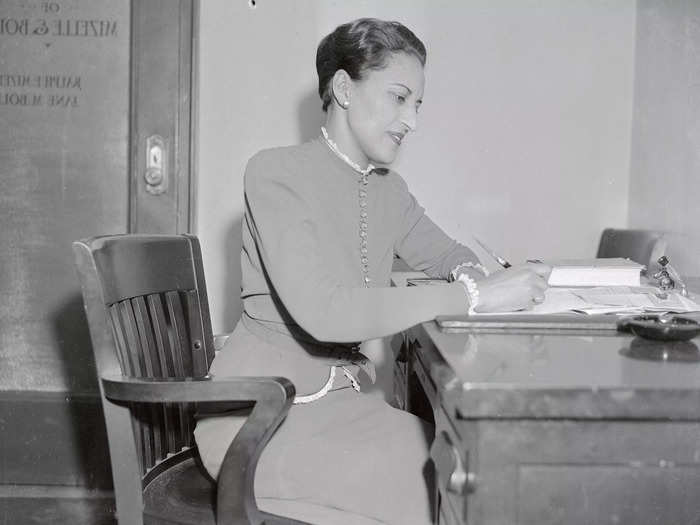
Jane Bolin was no stranger to making history. In 1931, she became the first African-American woman to graduate from Yale Law School. After that, she became the first African-American woman to be the assistant corporate counsel for New York City. Then in 1939, Bolin became the first African-American woman in the US to be sworn in as a judge.
For the next four decades, Bolin worked in the Family Court and became an advocate for children and families.
Victor H. Green created "The Green Book" to help Black people travel safely from the 1930s through the 1960s.
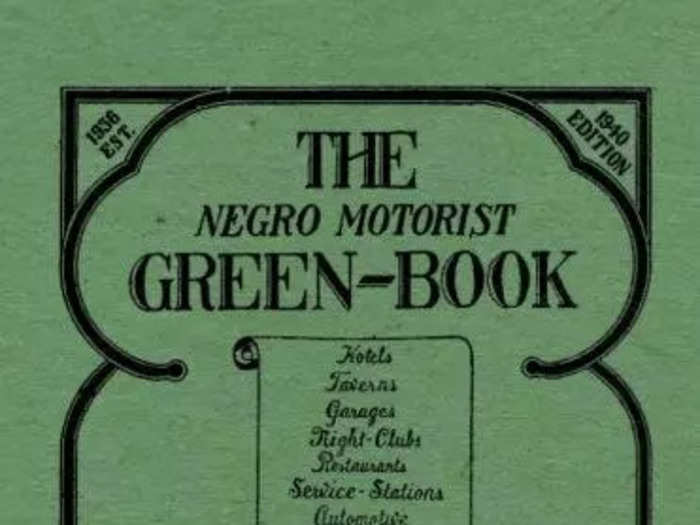
The 2018 film "The Green Book'' follows a biracial friendship and the journeys it brings them on. "The Green Book," later named "The Negro Motorist Green-Book," is used in the movie as a prop; however, the film doesn't give much attention or credit to its creator, Victor H. Green.
Green was a postal employee who, after moving to Harlem, New York, in the 1930s, started compiling information on New York City establishments that safely served Black travelers. In the introduction of the first 1936 edition, Green wrote, "There will be a day sometime in the near future when this guide will not have to be published. That is when we as a race will have equal rights and privileges in the United States," according to The African American Registry.
As his findings became more popular, he extended the restaurant, gas station, and motel offerings to additional US and international destinations. Fortunately after the Civil Rights Act of 1964 was passed, there was less need for "The Green Book" to be referenced by Black people.
Charles Hamilton Houston was a famous lawyer who was nicknamed "The Man Who Killed Jim Crow."
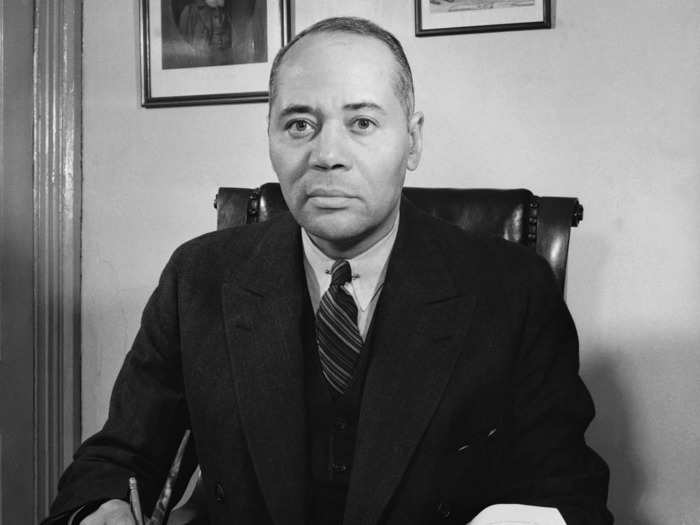
Between 1930 and 1954, Charles Hamilton Houston had a hand in nearly every major civil rights case that was brought to the Supreme Court. One by one, he planned to dismantle the system of Jim Crow laws.
"This fight for equality of educational opportunity (was) not an isolated struggle. All our struggles must tie in together and support one another. ... We must remain on the alert and push the struggle farther with all our might," Houston once said.
Hattie McDaniel was the first African American to win an Oscar.
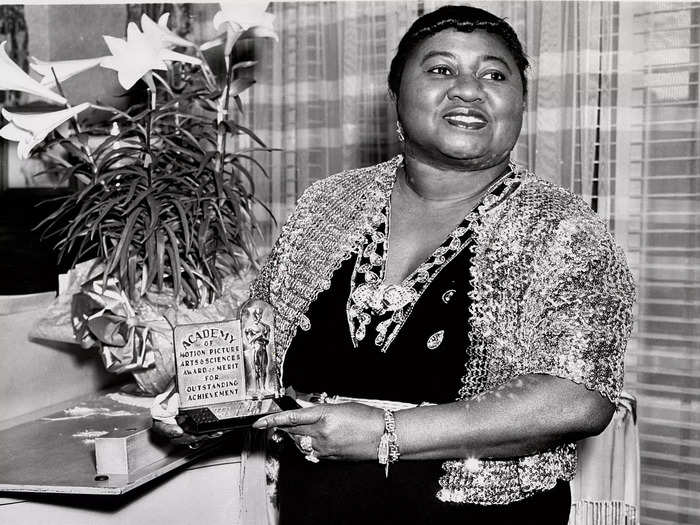
Hattie McDaniel was a radio performer, vaudeville artist, blues singer, and actress. She created a living for herself by taking on the archetype of a "mammy," playing over 74 domestic servant acting roles, according to The Hollywood Reporter.
In 1939's "Gone With the Wind," McDaniel played the controversial role of Mammy, Scarlett O'Hara's (Vivien Leigh) house servant.
In 1939, McDaniel was banned from attending the film's movie premiere because she was Black. And at the 12th Academy Awards in 1940, she was seated separately from the "Gone With the Wind" cast, only allowed into the venue after David O. Selznick, the film's producer, pulled some strings.
McDaniel was nominated for best supporting actress at the awards and won it, becoming the first African American to win an Oscar.
In her acceptance speech, McDaniel said, "I shall always hold it as a beacon for anything that I may be able to do in the future. I sincerely hope I shall always be a credit to my race and to the motion picture industry."
Gwendolyn Brooks was the first African-American writer to win a Pulitzer Prize.

Gwendolyn Brooks is best known for her poems "A Street in Bronzeville" and "Annie Allen," for which she won the Pulitzer Prize for Poetry in 1950. Her work expertly dove into the world of racial tensions and Black identity.
Critic George E. Kent said Brooks' work was the perfect mixture of "academic poets of her generation in the 1940s and the young Black militant writers of the 1960s."
Even Langston Hughes praised the writer, saying, "The people and poems in Gwendolyn Brooks' book are alive, reaching, and very much of today."
At 15 years old, Claudette Colvin refused to give up her seat on the bus and was arrested — months before Rosa Parks became famous for doing the same.
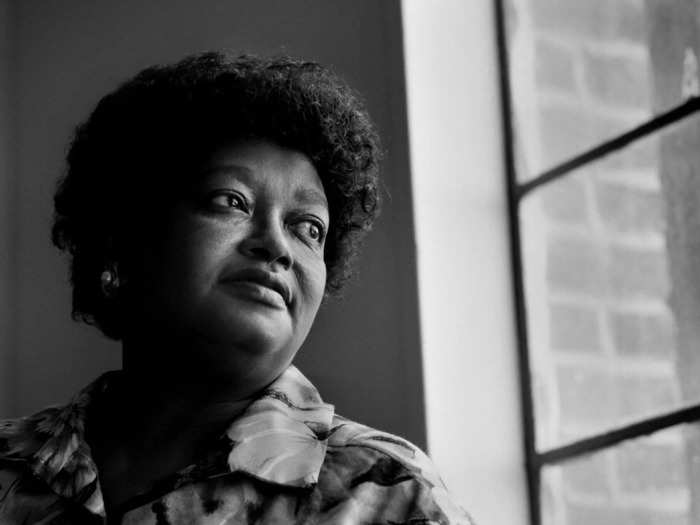
On March 2, 1955, Claudette Colvin was on her way home from school in Montgomery, Alabama, when she was asked to give up her seat on the bus for a white woman. The 15-year-old refused and said, "It's my constitutional right to sit here as much as that lady. I paid my fare, it's my constitutional right," according to Biography.
Colvin was then arrested and fought for the desegregation of the bus system as one of the plaintiffs in Browder v. Gayle.
"I felt like Sojourner Truth was pushing down on one shoulder and Harriet Tubman was pushing down on the other, saying, 'Sit down girl!' I was glued to my seat," Colvin told Newsweek after the bus incident.
Ella Baker was a civil rights activist who worked alongside Martin Luther King, Jr.
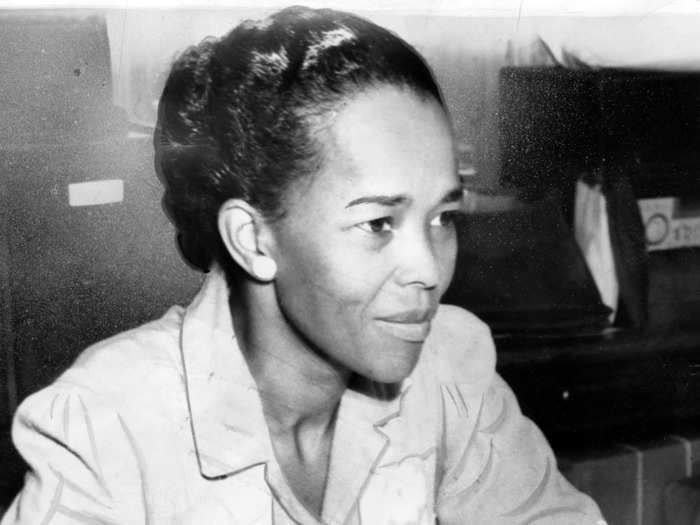
Ella Baker started her career in activism in the 1930s when she joined the NAACP, and she helped the organization integrate schools and make Black children's lives better.
In 1957, she helped form the Southern Christian Leadership Conference, which focused on reforming the South during the civil rights movement. Martin Luther King, Jr., was the organization's president, while Baker was its director.
After that, she helped create the Student Nonviolent Coordinating Committee in 1960, which helped young civil rights activists to organize.
Mildred Loving helped end the ban on interracial marriage when she married her white husband, Richard Loving.
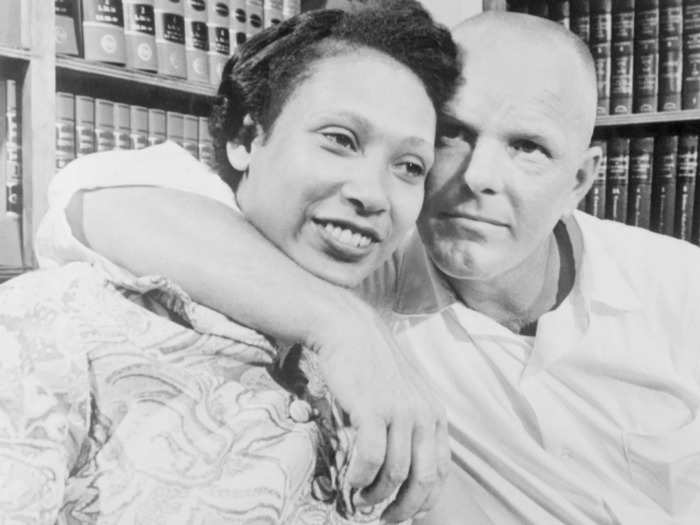
In June 1958, Mildred, who was both Black and Native American, and Richard Loving, a white man, married, defying Virginia's Racial Integrity Acts. They were then told to leave the state or face prison time, causing them to live in exile for five years while raising three children.
Their story eventually led to the Supreme Court case Loving v. Virginia. The court decided the Racial Integrity Act was unconstitutional, which led to the ban of similar laws in other states.
On the 40th anniversary of her marriage, Mildred said, "The older generation's fears and prejudices have given way, and today's young people realize that if someone loves someone, they have a right to marry."
Katherine Johnson, Dorothy Vaughan, and Mary Jackson were "human computers" who made great contributions to space flight and exploration.
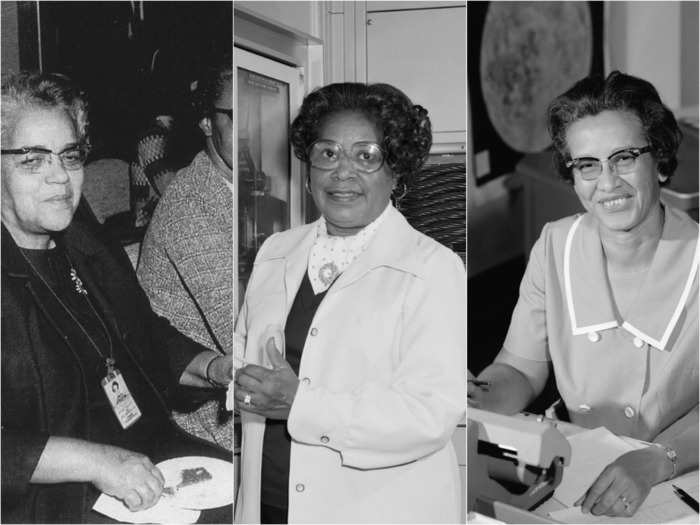
The 2016 book and movie "Hidden Figures" highlights three African American female astrophysicists who helped shape space exploration and NASA. The real women — Katherine Johnson, Dorothy Vaughan, and Mary Jackson — worked at NACA (which became NASA in 1958) as "human computers" in the segregated West Area Computing section at Langely. They worked on Project Mercury, which helped astronauts John Glenn, Alan Shepard, and Gus Grissom become the first men to orbit Earth.
Johnson started working with data from flight tests at NACA. After the Soviet Union launched the first satellite in 1957, she created math equations that were used in NACA's Space Task Group, making her one of the first women to co-author a research paper for NASA. Johnson analyzed equations for Shepard's Freedom 7 mission before Glenn personally requested that she work on his 1962 mission. Johnson was awarded the Presidential Medal of Freedom in 2015 at age 97.
Vaughan was hired to process NASA's data after President Franklin D. Roosevelt signed an order to prohibit discrimination in the defense industry. In 1949, she became the first Black supervisor at NACA. When NACA became NASA and was desegregated in 1958, Vaughan worked with her white counterparts and became an expert in FORTRAN, a computer language program.
Jackson, who worked under Vaughan, focused on data from wind tunnels and flight experiments. To work in NASA's Supersonic Pressure Tunnel, she needed to take engineering night classes that were only offered at a segregated high school. She brought her case to court and won the right to attend classes with white students. Jackson then became the first Black female engineer for NASA. After retiring from NASA, she worked as an equal opportunity specialist for women and minorities.
Alvin Ailey created platforms for Black and minority dancers to perform around the world.
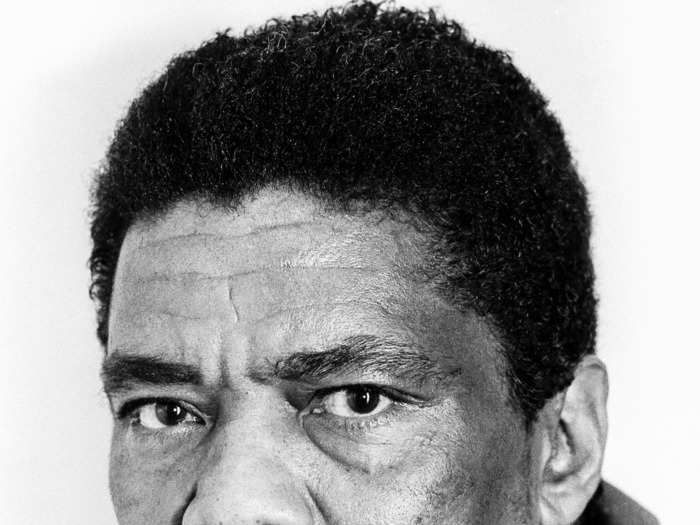
Performer and choreographer Alvin Ailey changed the world of modern dance and of minority dancers through his contributions. Ailey founded the Alvin Ailey American Dance Theater in 1958. The multiracial dance troupe performed modern pieces, with the most notable ones being Ailey's "Blues Suite" and "Revelations," which touched on his Southern-grown childhood.
The US State Department funded the theater's tour during the '60s. In 1969, he founded the Alvin Ailey American Dance Center (Ailey School) and, in 1974, he founded the Alvin Ailey Repertory Ensemble. Ailey choreographed over 80 ballets during his career, according to Biography.
Ailey was given a Kennedy Center Honors award in 1988, just one year prior to his death from AIDS. The Alvin Ailey American Dance Theater still thrives today.
Fannie Lou Hamer was known as a voting and women's rights activist.
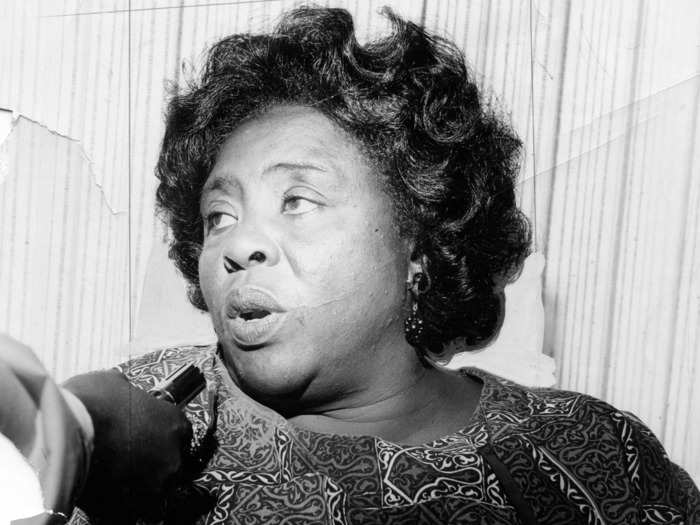
Fannie Lou Hamer began her career as an activist in the early '60s when she was first denied the right to vote because of literacy tests, which prevented Black people from voting. In 1963, she sat in a whites-only bus station and was beaten, leaving her with life-long injuries including a blood clot in her eye.
She entered the national spotlight when she co-founded the Mississippi Freedom Democratic Party, which fought the local democrats on voting rights. She also organized Freedom Summer, which was an event that brought students of all races together to help African-American students in the South register to vote.
Hamer was known for her eloquent and powerful speeches. Her most famous line, however, is, "I'm sick and tired of being sick and tired."
Bayard Rustin organized the famous March on Washington that prompted Martin Luther King, Jr.'s "I Have a Dream" speech.
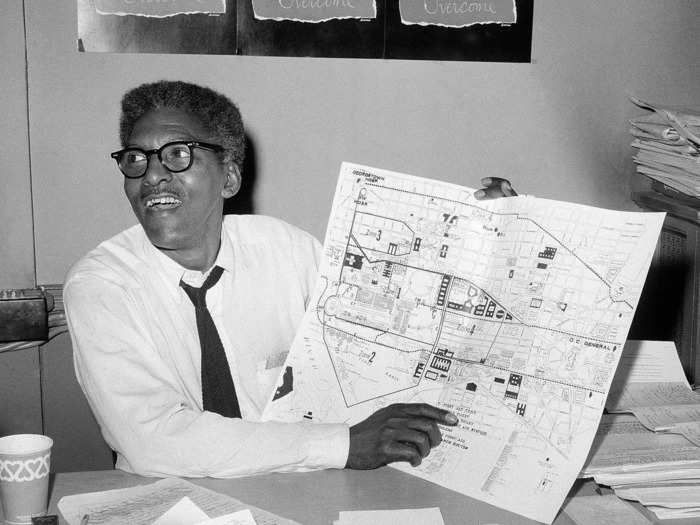
Although most people associate the March on Washington with Martin Luther King, Jr., Bayard Rustin is the person who actually organized the massive event. In fact, Rustin is the one who taught Dr. King about Gandhi's belief in non-violence and civil disobedience.
Rustin was also an openly gay man, so he often spoke about the importance of fighting for LGBTQ rights.
Hosea Williams helped Martin Luther King, Jr. run the Christian Leadership Conference and became known as a powerful civil rights activist.
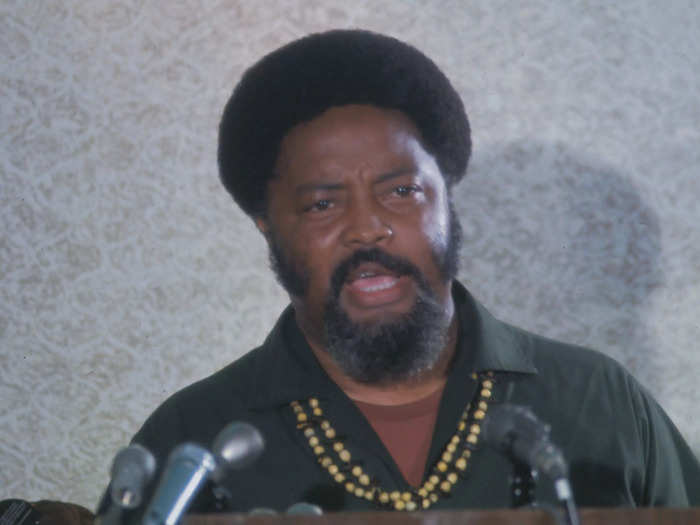
After being severely beaten for drinking at a whites-only water fountain, Hosea Williams joined the NAACP and worked his way up.
In 1963, he joined forces with Martin Luther King, Jr., by traveling around the South, teaching people about civil disobedience.
At Bloody Sunday in 1965, he was beaten again during the first Selma to Montgomery march. After that, Williams entered local politics.
Shirley Chisholm was the first Black woman elected to Congress.
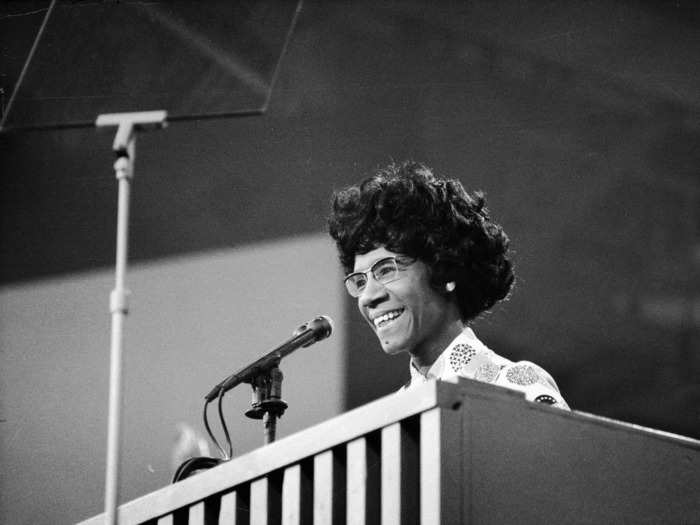
After years of working in education and participating in local civil rights organizations, Shirley Chisholm ran and won a seat in the New York state legislature in 1964. Four years later, she was voted into Congress, becoming the first Black woman to do so. In Congress, she was known as "Fighting Shirley," as she brought in several pieces of legislation that focused on Black rights and women's rights.
Chisholm eventually ran for president in 1972, but she was barred from most debates and public events. She did not earn the Democratic nomination, but she has been remembered as the first woman and the first African American to seek the presidency.
Marsha P. Johnson, a Black, transgender woman, was an important figure in the gay rights movement.
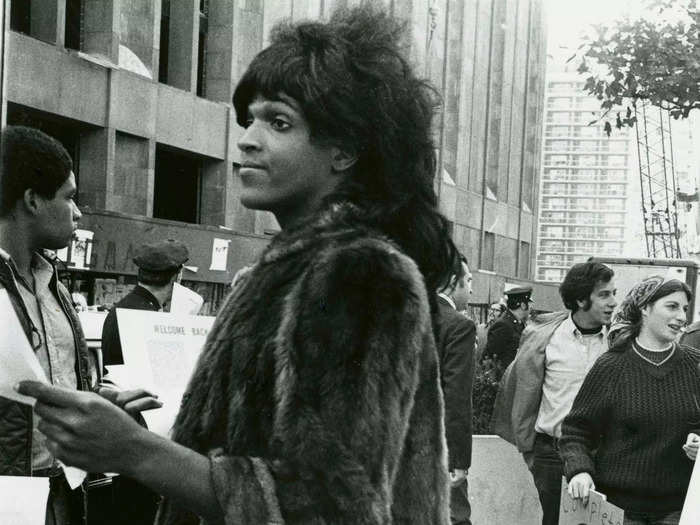
Although Marsha P. Johnson never officially identified as transgender, she is considered a transgender pioneer. As a drag performer, a sex worker, and a self-identified transvestite, Johnson played a major role in the historic Stonewall riots in 1969 that jump-started the gay liberation movement.
"We were ... throwing over cars and screaming in the middle of the street 'cause we were so upset 'cause they closed that place," Johnson said in an interview in 1989 about the riots.
After the riots, Johnson became a leader in the community and used the power to open Street Transvestite Action Revolutionaries, which helped transgender youth.
READ MORE ARTICLES ON
Popular Right Now
Popular Keywords
Advertisement